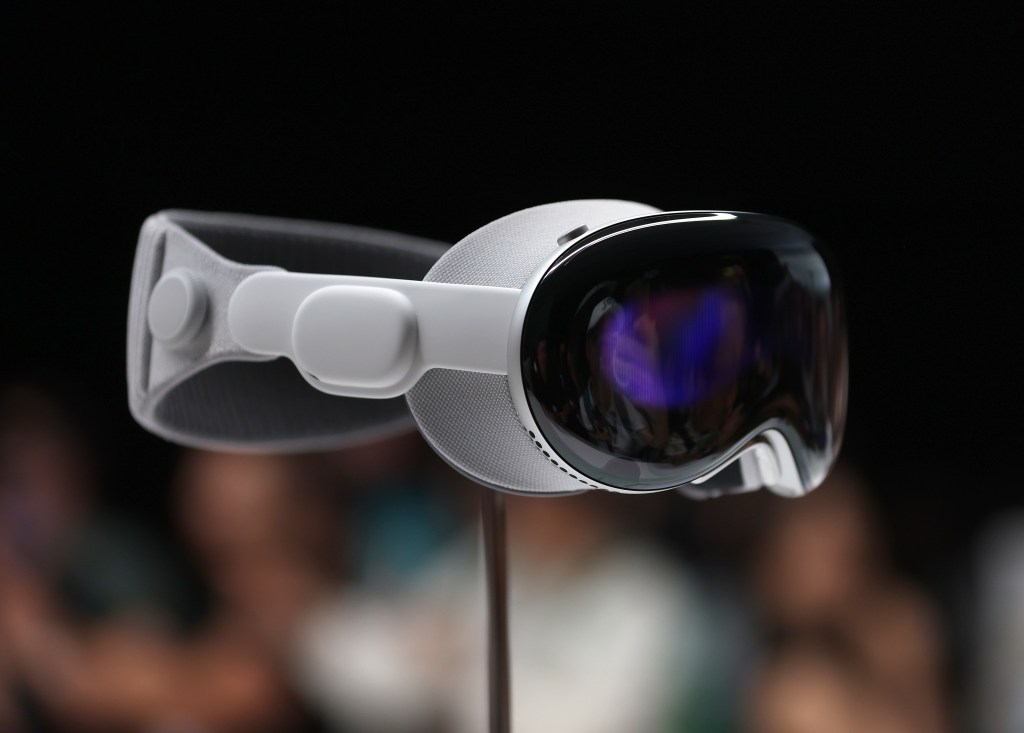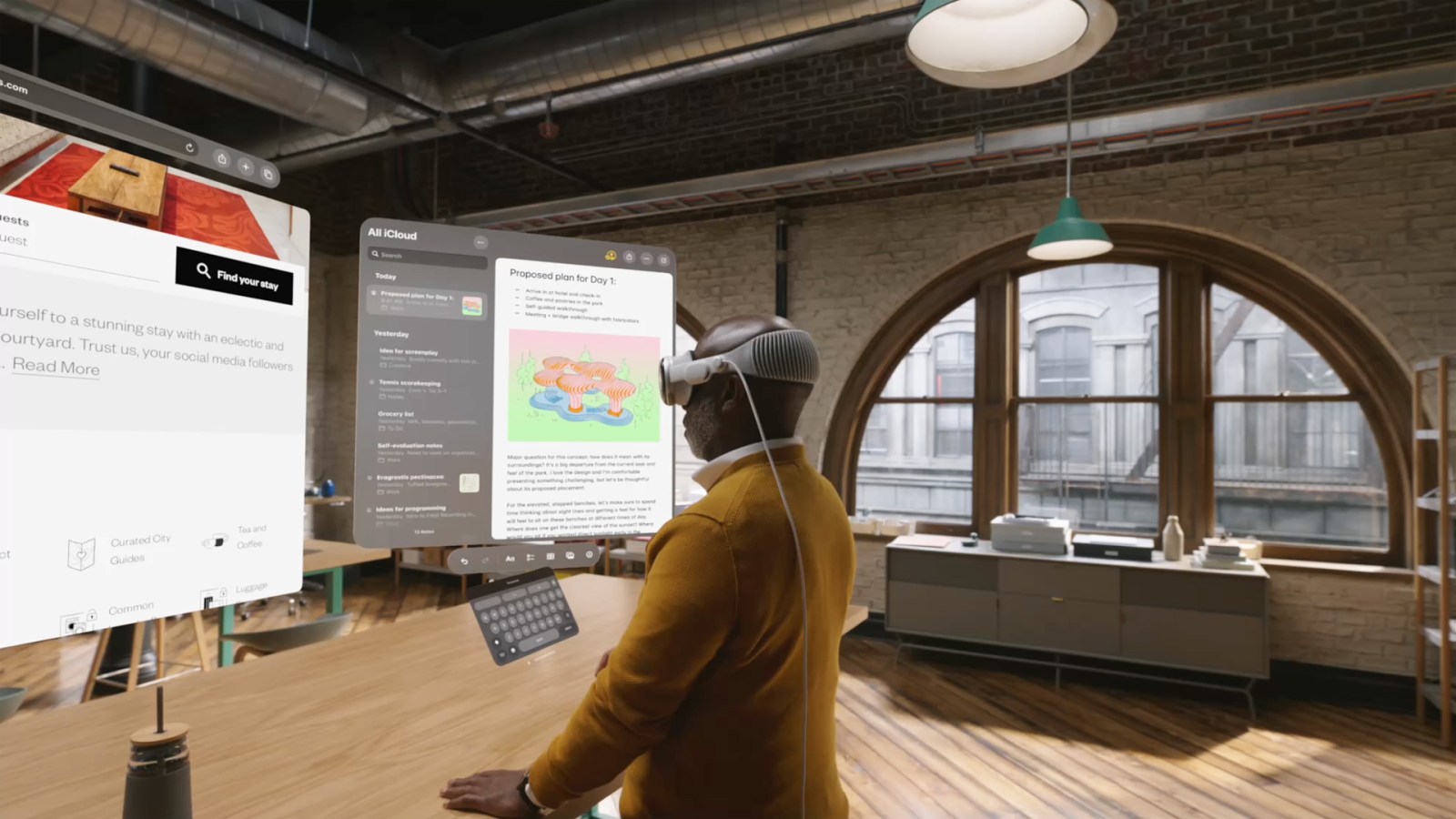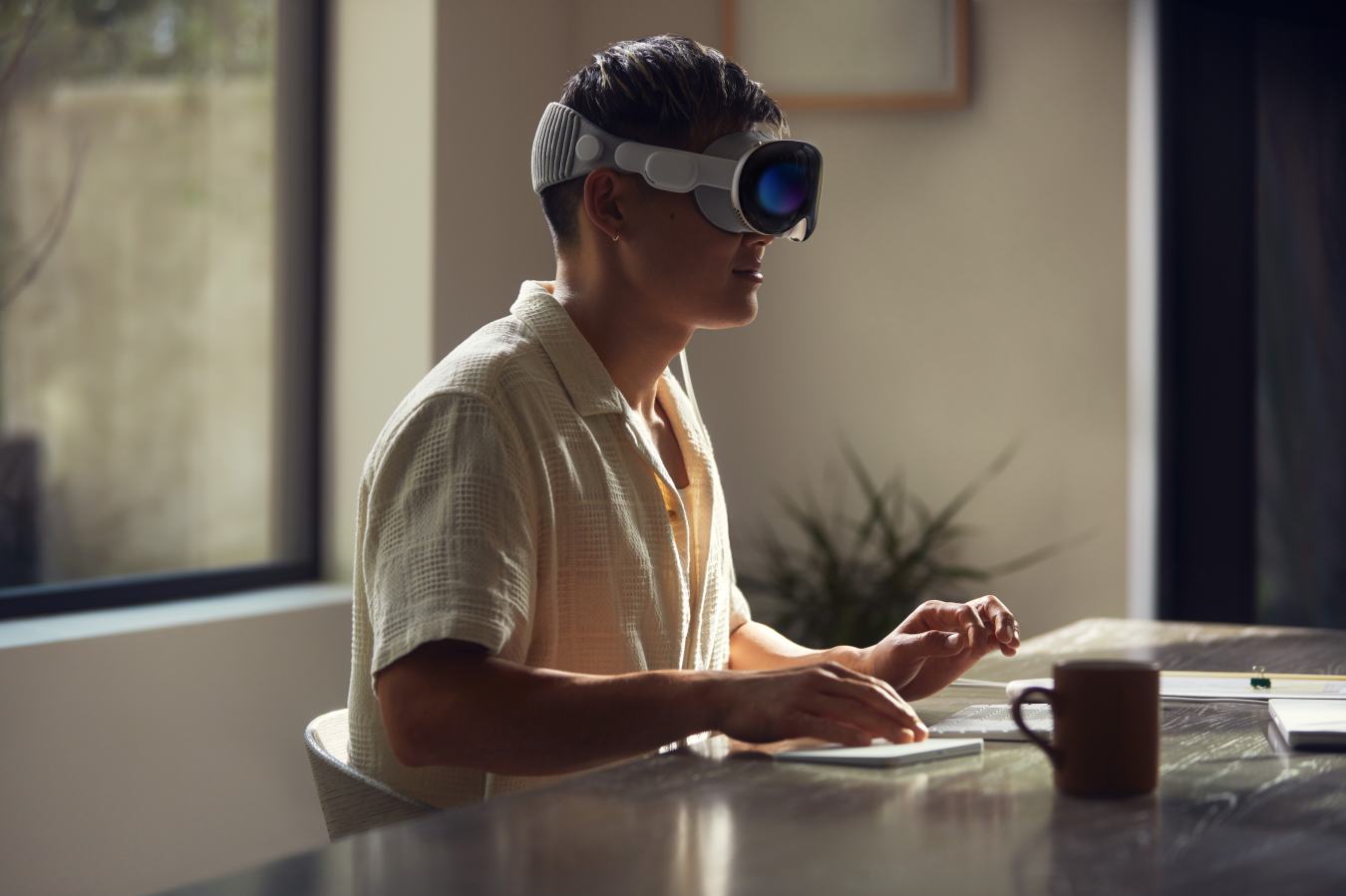With the promise of redefining the tech landscape, Apple’s latest venture, the Apple Vision Pro, stands as an ambitious step towards spatial computing – but will it live up to the hype?

Key Takeaways
- The Apple Vision Pro mixed reality headset was unveiled in June but won’t be available in Australia at its initial launch.
- The headset will debut in the US in early 2024, with a price tag of US$3,499 (AUD $5,300 ). It is expected to reach other markets worldwide later in the year.
- Potential buyers will likely need to visit a physical Apple store for fitting as the headset requires a snug fit for optimal optical performance. Those who wear glasses may need to purchase separate magnetic lenses to ensure a secure fit.
- The Apple Vision Pro comes with a separate battery pack that allows users to carry the weight in their pocket instead of on their heads. The battery provides a two-hour charge but can be plugged in for all-day use.
- Apple claims the Vision Pro boasts a higher pixel density per eye than a 4K television, providing an immersive visual experience. Additionally, it features a 3D spatial audio system for enhanced audio immersion.
The Vision Pro proposes an integration of digital and physical worlds, a fascinating concept indeed. While this might be seen as an innovative leap, one might wonder about the practicality of this device effectively marrying these two contrasting realities.
The device’s promise of transforming how we interact with apps is enticing, taking them off screens and letting them inhabit our physical space. While this suggests an exciting future for app design and interaction, it raises questions about developer readiness and user acceptance.
The ultimate personal theatre experience?
Apple promises to transform any location into a personal theatre with Spatial Audio and high-definition visuals, a proposition both thrilling and ambitious. Whether this feature can deliver a comfortable, uncompromised quality experience remains to be seen.
Related
3D memories
One of the standout features is the device’s first 3D camera, offering the possibility of capturing spatial photos and videos. Yet, this potentially revolutionary feature might bring about practical challenges, particularly related to storage capacities for data-intensive 3D content.
Enhanced remote meetings: A Valuable addition or a novelty?
The Vision Pro promises to revolutionize remote meetings with life-sized FaceTime video tiles. While this promises a more immersive experience, it’s important to consider whether the technology can truly capture the nuances of in-person communication.
Apple’s reputation for design is reflected in the Vision Pro’s 3D laminated glass and aluminium alloy frame. Yet, practical concerns such as device weight, comfort, and durability cannot be overlooked and will play a crucial role in the device’s reception.
The Apple Vision Pro presents a future of spatial computing that is as exciting as it is uncertain. The device’s success hinges on its ability to overcome numerous challenges. Nevertheless, if any company is capable of pushing these technological boundaries, Apple might just be the one.




